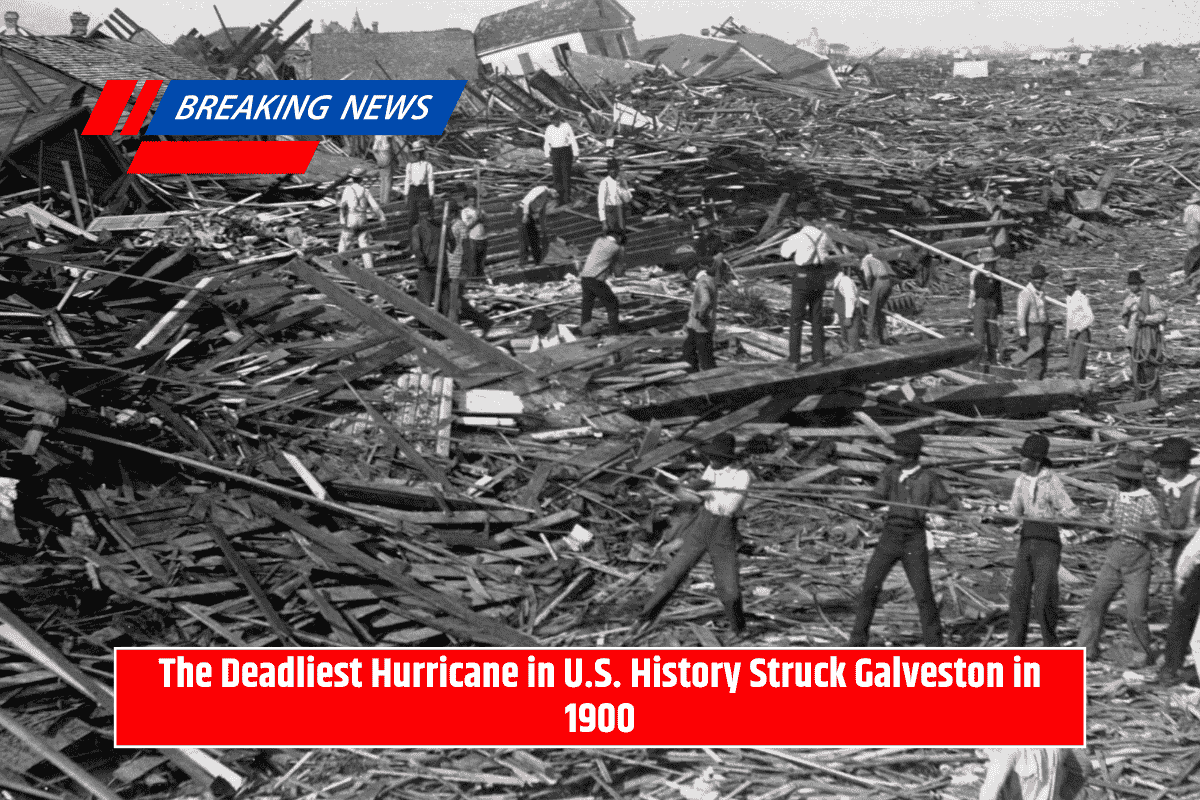Texas shares about 367 miles of coastline with the Gulf of Mexico, making it vulnerable to water-related weather events. One of the most catastrophic of these events took place in September 1900 when Galveston, Texas, experienced the deadliest hurricane in American history.
The Calm Before the Storm
The day began as a typical pre-fall day in Galveston, but winds soon picked up, reaching speeds of up to 120 mph. Gulf waves grew to over 15 feet tall, while Galveston Island’s highest point was just 8.7 feet above sea level.
Although the residents of Galveston were aware of the approaching storm by September 4th, they had no idea the scale of the devastation that would follow.
The Horrific Loss of Life
The hurricane, a Category 4 storm, claimed as many as 12,000 lives, with at least 6,000 of those fatalities occurring on Galveston Island. Most deaths were caused by drowning as saltwater flooded the area.
To put this in perspective, Hurricane Katrina, which hit in 2005 as a Category 5 storm, caused approximately 1,800 deaths in Louisiana and Mississippi.
The Devastating Damage
The destruction in Galveston was unimaginable. The hurricane destroyed over 2,600 homes, severely damaged hundreds more, and eroded 300 feet of shoreline. Sixteen ships in the harbor were also damaged, with total property damage estimates ranging between $20 million and $30 million—an enormous cost for the time.
Rebuilding Galveston: A Long Road to Recovery
The city faced an immense challenge in the aftermath. The scale of death was so great that initial efforts to bury the bodies at sea were abandoned, as the bodies would float back to the shore. Eventually, authorities resorted to burning the deceased in mass pits, a process that took weeks.
However, there were signs of hope. Within just a few weeks, essential services such as communication and water supply were restored. New telephone lines were installed, and by 1904, a 17-foot seawall was constructed to protect the city from future storms and rising tides.
